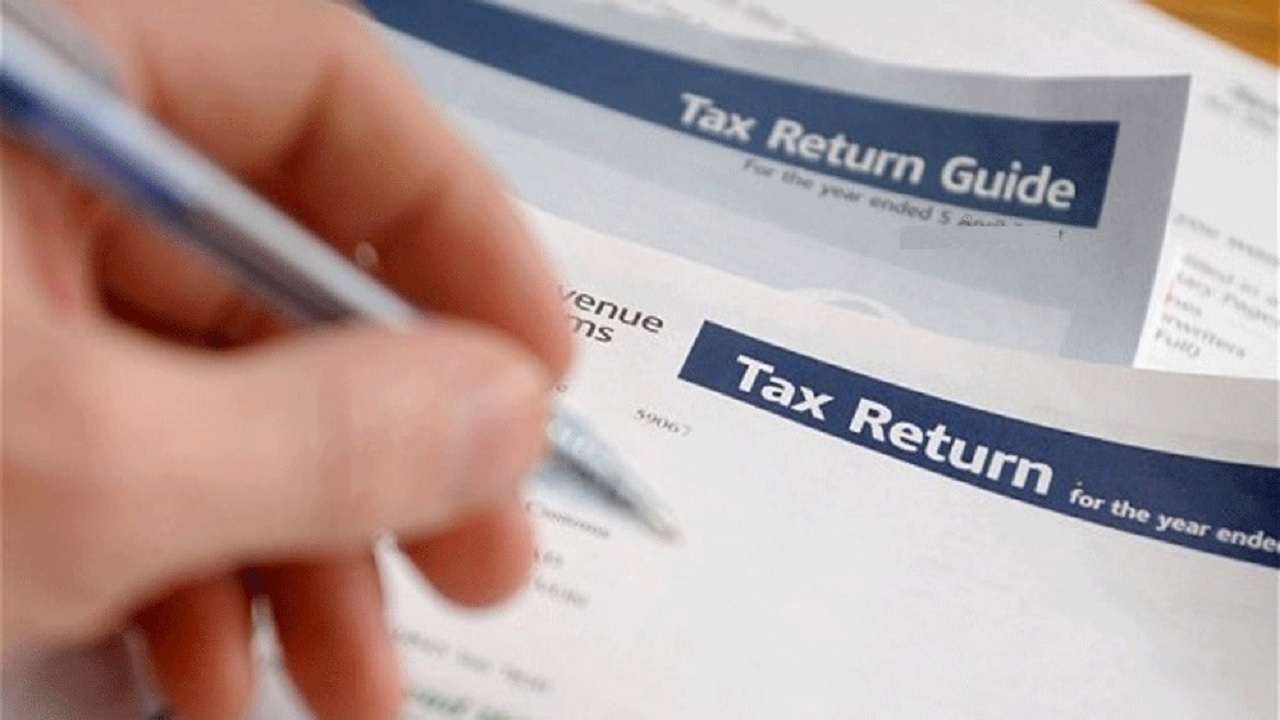The Federal Board of Revenue (FBR) has taken a significant step in ensuring compliance with tax laws by introducing a new Standard Operating Procedure (SOP) for the reactivation of mobile SIM cards after taxpayers file their income tax returns. This initiative aims to streamline the process, making it easier for taxpayers to resume their mobile services without unnecessary delays. The SOP is designed to automatically share the tax return information of filers with telecom companies, enabling the seamless reactivation of SIMs. By implementing this process, the FBR intends to address the concerns of taxpayers, improve compliance rates, and make the process more efficient.
How the Reactivation Process Works
The FBR’s new system comes into effect once a taxpayer submits their income tax return for the relevant tax year. Once the return is filed, the FBR automatically shares the taxpayer’s information with the relevant telecom service providers. This ensures that the taxpayer’s mobile SIM services are reactivated without any manual intervention. Telecom companies are mandated to restore services to the taxpayer’s SIM within 1 to 2 business days.
Timely Reactivation and Resolution of Complaints
In cases where a taxpayer’s service is not reactivated within the stipulated 1-2 business days, the FBR provides a grievance redressal mechanism. If the suspension persists for more than three business days, the taxpayer is entitled to file a complaint with the concerned Commissioner. The Commissioner will investigate the issue, review the situation, and, if necessary, escalate the complaint to the FBR for further resolution. Alternatively, the taxpayer can also contact the authority issuing the Income Tax General Order (ITGO) for additional support.
Key Steps in the SOP for ITGO Implementation
The new SOP aims to create an efficient system that holds taxpayers accountable while ensuring quick reactivation of services for those who are compliant. Below are the key steps involved in the process:
1. Identification and Verification of Non-Filers
The FBR will begin by extracting a list of non-filers from its database, which is maintained by the Pakistan Revenue Automation Limited (PRAL). This list will be cross-verified by field offices, ensuring that no eligible taxpayer is mistakenly classified as a non-filer.
2. Verification of Notices and Non-Filer Status
Once the list of non-filers is generated, field formations will confirm if the legal requirements under Section 114 of the Income Tax Ordinance, 2001, have been met. This includes ensuring that notices have been issued to individuals who have failed to file their tax returns. Chief Commissioners will further verify the status of each case before proceeding with any further actions.
3. Certification by Chief Commissioners
After all necessary verifications, Chief Commissioners will issue certificates that authenticate the non-filer status of the individuals. These certified lists will form the basis for issuing the ITGO.
4. Issuance of Income Tax General Order (ITGO)
Once the lists are validated, the FBR will issue the Income Tax General Order, specifying the penalties and consequences under Section 114B(2) of the Income Tax Ordinance. This order will instruct telecom operators and utility companies to follow the prescribed guidelines and take necessary actions in response to the identified non-filers.
5. Communication with Service Providers
The FBR will communicate the details of the ITGO to telecom operators and other relevant service providers. The telecom companies will then be required to comply with the guidelines and provide a report on their compliance within the stipulated timeframe.
6. Addressing Non-Compliance
If any telecom service provider fails to comply with the guidelines set by the FBR, legal action will be taken against them. This includes prosecution under Section 196 and penalties under Section 182 of the Income Tax Ordinance.
7. Monitoring and Enforcement
A dedicated monitoring team within the FBR will oversee the implementation of the ITGO. This team will assess compliance, track its effectiveness, and provide regular updates to senior officials. If any issues arise during this phase, the FBR will address them accordingly.
Ensuring Compliance and Accountability
This system reflects the FBR’s commitment to improving the tax collection process while also ensuring taxpayer convenience. By automating the sharing of information between the FBR and telecom companies, taxpayers can have their services restored more quickly, reducing the hassle they face when complying with tax regulations.
The FBR’s initiative aims to improve the country’s overall tax compliance rates while maintaining fairness in the reactivation process. It balances the need for enforcement with the convenience of taxpayers, ensuring that the process remains both efficient and equitable.
Potential Benefits of the New SOP
The introduction of the SOP brings several advantages to both taxpayers and the telecom industry:
- Faster Reactivation of Services: By automatically sharing tax return data with telecom companies, the reactivation process becomes quicker, minimizing service disruptions.
- Increased Tax Compliance: With the knowledge that SIM services can be suspended for non-filers, more individuals may be encouraged to file their tax returns promptly.
- Clear Grievance Redressal: The complaint mechanism ensures that taxpayers have a clear route to resolve any issues they face during the reactivation process.
- Operational Efficiency: The SOP simplifies and automates the workflow, leading to improved operational efficiency for both the FBR and telecom companies.
Frequently Asked Questions (FAQs)
1. What is the new SOP introduced by the FBR?
The new SOP is a system for the reactivation of mobile SIM cards for taxpayers who have filed their income tax returns. It ensures that telecom companies restore services for compliant taxpayers promptly.
2. How does the process of SIM reactivation work?
Once a taxpayer files their income tax return, the FBR automatically shares their information with telecom companies, who are then required to restore the services within 1 to 2 business days.
3. What happens if my SIM is not reactivated on time?
If your SIM is not reactivated within 1 to 2 business days, you can file a complaint with the concerned Commissioner. The issue will be reviewed, and necessary actions will be taken to resolve it.
4. What legal actions will the FBR take against non-compliant telecom companies?
Telecom companies that fail to comply with the SOP may face legal actions, including prosecution under Section 196 and penalties under Section 182 of the Income Tax Ordinance.
5. What are the benefits of this new system?
The benefits include faster SIM reactivation, improved tax compliance, a clearer grievance redressal process, and greater operational efficiency for both taxpayers and telecom companies.
Conclusion
The Federal Board of Revenue’s new SOP for SIM reactivation after income tax filing is a strategic move to enhance tax compliance and ensure taxpayers’ rights are protected. The seamless process facilitates quicker service restoration while offering a clear mechanism for resolving grievances. By incorporating technology and automating the process, the FBR not only promotes accountability but also improves the overall taxpayer experience.
ALSO READ:



